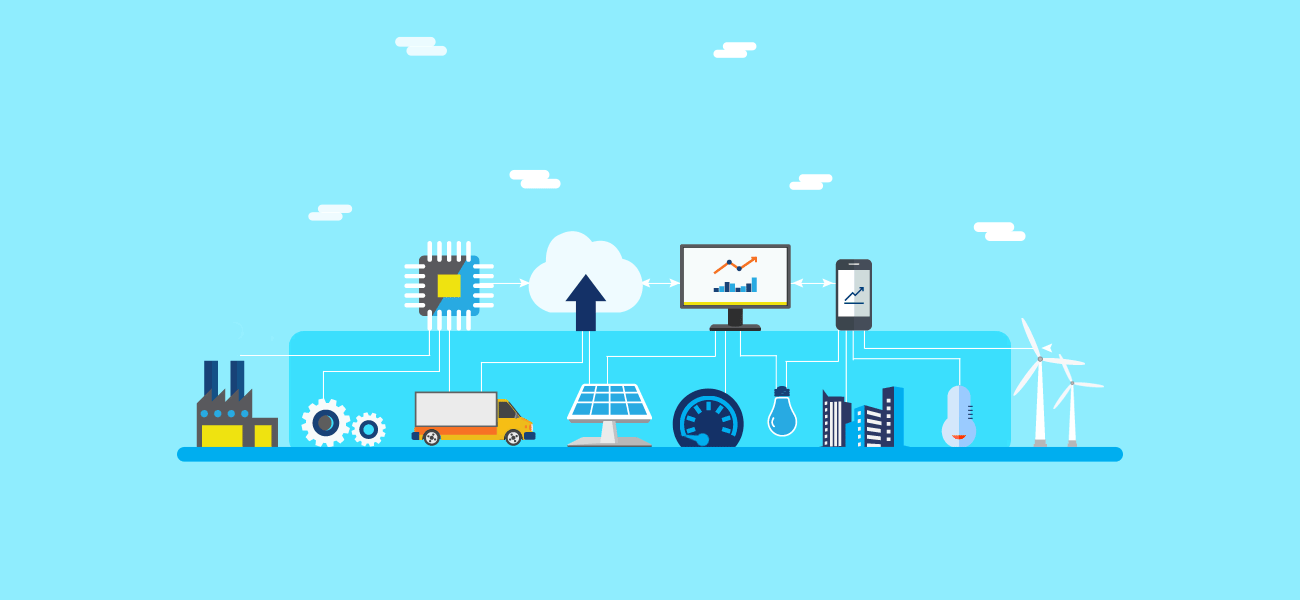INSIGHTS
The annual amount of data used globally will be an average of 175 Zettabytes by the year 2025, which is an increase from 33 Zettabytes in 2018.
The edge computing market is estimated to reach USD $9,200 million by 2023.

EDGE COMPUTING
Edge computing is the delivery of computing power to the logical extremes of networks for the purposes of improving performance, reducing operation costs, and bettering services and applications. This is according to the open glossary ofLinux Foundation is  FUTURE OF EDGE COMPUTING
FUTURE OF EDGE COMPUTING
The driver of edge computing is the internet of things (IoT).
About 45% of the internet of things can be created, stored, processed, and analyzed at thenetworks
The edge computing market is estimated to reach USD $9,200 million by 2023.
The market is expected to grow with a CAGR of 27.3% from the year 2017 to the year 2023. This is as per the Market Research Future report.
By the year 2020, it is predicted that there will be 20.4 billionIoT IoT
There is a growing demandof IoT
The annual amount of data used globally will be an average of 175 Zettabytes by the year 2025, which is an increase from 33 Zettabytes in 2018.
The edge computing market is estimated to reach USD $9,200 million by 2023.

An in-depth search on
EDGE COMPUTING
Edge computing is the delivery of computing power to the logical extremes of networks for the purposes of improving performance, reducing operation costs, and bettering services and applications. This is according to the open glossary of
The major players in the edge computing market include;
Amazon
Microsoft Inc
SAP SE
Intel Corporation
General Electric
Huawei Technologies
IBM Corporation
With edge computing, companies will be able to operate in a real-time mode when entering, processing, storing, analyzing and retrieving information to their systems. It will also enable concurrent access to information and faster processing of information which will improve customer satisfaction.
Amazon
Microsoft Inc
SAP SE
Intel Corporation
General Electric
Huawei Technologies
IBM Corporation
With edge computing, companies will be able to operate in a real-time mode when entering, processing, storing, analyzing and retrieving information to their systems. It will also enable concurrent access to information and faster processing of information which will improve customer satisfaction.
The demand for location optimization and security is what drives the implementation of edge computing infrastructure.

The driver of edge computing is the internet of things (IoT).
About 45% of the internet of things can be created, stored, processed, and analyzed at the
The edge computing market is estimated to reach USD $9,200 million by 2023.
The market is expected to grow with a CAGR of 27.3% from the year 2017 to the year 2023. This is as per the Market Research Future report.
By the year 2020, it is predicted that there will be 20.4 billion
There is a growing demand
